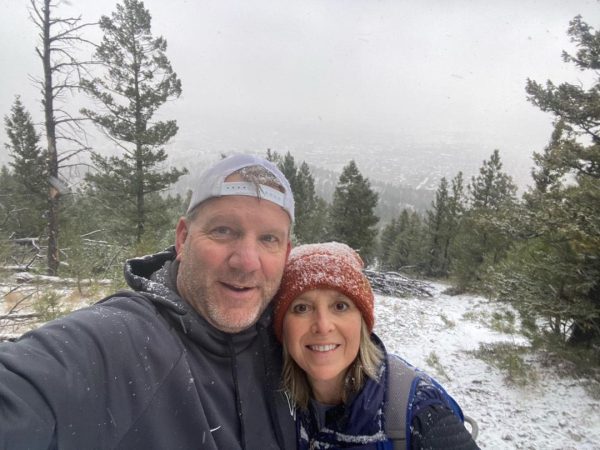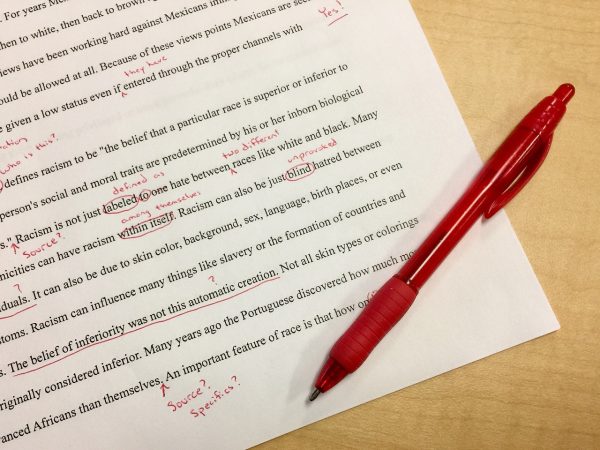2017 Was A Disaster
Shocking Facts From One of the Most Damaging Disaster Years Ever
March 9, 2018
With hundreds of tornadoes ripping through the Midwest, millions of acres of wildfire damage, a record-setting heat wave, record-high floods, and the costliest hurricane season ever, the year 2017 was something out of a horror movie. Here are some of the most insane statistics from last year’s most damaging mega disasters.
Tornadoes
According to the National Weather Service, the year 2017 housed 134 recorded tornadoes in January alone. To put this into perspective, that is more than every January tornado combined since 2013. Even after that month, the number of tornadoes and tornado-related deaths would only increase. From the beginning of March to the end of June, the average amount of tornadoes per month was 208.
Extreme Temperatures
2017 was also one of the hottest years in U.S. history. San Francisco had a record high 106 degrees Fahrenheit. Cities like Las Vegas, Nevada, and Prescott, Arizona each saw at least 7 consecutive days between June 17-25 of 100+ degree highs. In that same period, Needles, California experienced back-to-back 120-degree days which would tie its own record of hottest consecutive days. Lastly, Arizona and South Carolina each ended the year as the states’ warmest year ever.
Wildfires
In the fall, 71,499 wildfires burned through 10+ million acres of land, according to the National Interagency Fire Center. The year before, total damage was a bit more than half of that: 5,509,595 acres. Total federal firefighting costs for wildland fire suppression came out to over 2.9 billion dollars – the most ever spent in a single year.
Hurricanes
The United States witnessed three of the five costliest hurricanes to EVER hit its coasts in 2017. Hurricane Harvey in August cost about $125 billion in damage that is still being fixed. During the storm, a weather station in Houston recorded 51 inches of rain in the Southeast part of the city, meaning the average 5’4″ person would only be able to have their head and neck above water standing on those streets at that time.
Imagine you are walking from the shallow part of the pool to the deep end. Before you know it, the ankle-deep puddle has turned into a river in which you are struggling to stay afloat. In Houston and the surrounding area, it took only days for Hurricane Harvey to pour over 10 trillion gallons of water on them. A record amount of rainfall during a single tropical hurricane in history wouldn’t be the last of it.
The very next month, Hurricanes Maria and Irma cost the United States more than twice as much as was just spent on Harvey: $140 billion.
2017 cost the United States over $300 billion in weather-related destruction, and the number of disasters per year is increasing. However, the United States has done a great job in predicting disasters, warning the public of them, and helping them avoid it safely and in time. Also, over 4.7 million more people have registered with the Federal Emergency Management Agency since the beginning of 2017. Because of this, the number of deaths related to these disasters have decreased dramatically since the 2000s.
Here are two great websites to use if you want to learn more about how you can help during a disaster:












